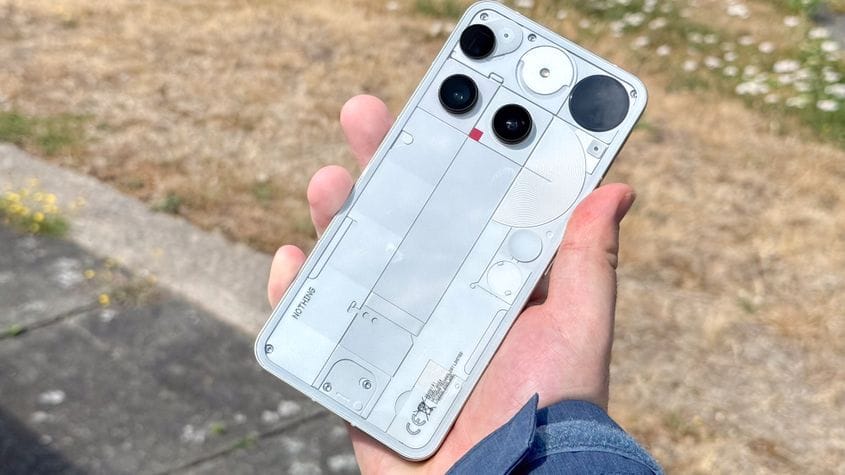📅 Launch & Availability
Global release: July 2, 2025, marking the entry into flagship territory (Wikipedia)
India pricing: ₹79,999 (12 GB/256 GB) and ₹89,999 (16 GB/512 GB); sale via Flipkart & retail stores from July 15
✨ Premium Design & Intelligent Display
Build: Glass front/back with metal frame, translucent design echoing earlier models
Display: 6.67″ 1‑bit OLED screen with 120 Hz refresh, HDR10+, peak brightness up to 4500 nits (Tom’s Guide)
Glyph Matrix LED & Essential Key: Innovative rear-mounted LED matrix for notifications, encouraging mindful phone use (TechRadar)
🧠 Power & Performance
Powered by Snapdragon 8s Gen 4, paired with 12 GB or 16 GB LPDDR5X RAM and up to 512 GB UFS 4.0 storage (Wikipedia)
Offers reliable everyday and moderate gaming performance, though it trails true flagships in benchmarks (Android Central)
📸 Advanced Triple-Camera System
Rear: Three 50 MP lenses — wide, ultra-wide, and periscope telephoto (3× optical zoom) (India Today)
Front: 50 MP selfie camera
Solid all-around performance, but still a step behind leading flagships in processing and versatility (Android Central)
🔋 Battery & Charging
Battery capacity: 5,150 mAh (International), 5,500 mAh (India) (Wikipedia)
Charging: 65 W wired, 15 W wireless, plus 5 W reverse wireless charging (India Today)
🔧 Software & AI Features
Runs Android 15 with Nothing OS 3.5, promising clean UI with 5 years of updates/security (Android Central)
AI-driven enhancements include Glyph Matrix, Essential Space/Search, focus-driven interface, and privacy-centric tools (TechRadar)
🛠️ Pros & Cons at a Glance
✅ Pros
Striking, transparent design with eye-catching Glyph Matrix
Long update support and clean, AI-enhanced OS
Bright OLED screen with adaptive 120 Hz refresh
Competitive camera setup with optical zoom
⚠️ Cons
Snapdragon 8s Gen 4 is solid but not flagship-leading
Camera performance slightly lags top-tier rivals
Higher price against more powerful alternatives
🎯 Final Thoughts
The Nothing Phone 3 is a bold, stylish, and thoughtfully designed first foray into flagship territory. It stands out visually and in user experience, especially with its Glyph Matrix and AI-centric controls. While it doesn’t top benchmarks or camera leagues, it offers a unique value proposition for users who seek creativity, clean software, and a distinctive smartphone experience.
- Tesla’s First Showroom in Mumbai: What You Need to Know
- Samsung Galaxy S25 Edge Launched in India – Specs, Price, & Offers
- Verizon joins T-Mobile and AT&T by offering a truly unlimited mobile plan
- Samsung’s Galaxy S22 lineup takes shape in unofficial leaks near launch
- First Look at Oppo Find X8 Ultra: A Game-Changer in Mobile Tech
- Vivo T4 5G Launch in India: Everything You Need to Know



